

Astronomers studying space have two big problems: A lot of things in space seem invisible – they do not give out light we can see. Scientists cannot leave the Earth to go and collect pieces of ...
READ MORE

The universe is full of amazing things, but we need help to see most of them. There are many types of light that our eyes cannot see, so we use instruments, such as telescopes, that can detect ...
READ MORE
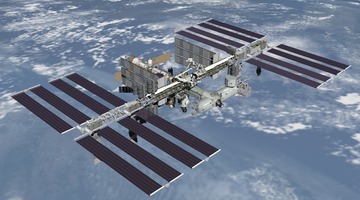
A satellite is anything that orbits around another object. Moons are natural satellites that orbit around planets, whereas artificial satellites are objects that people have made and launched ...
READ MORE
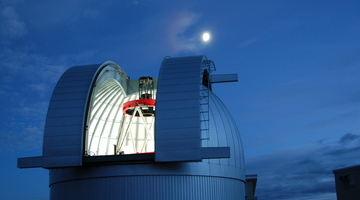
In this activity, students explore the transit method of searching for planets. They plot graphs of light measurements from stars, searching for dimming that indicates the presence of a planet ...
READ MORE

Space debris is leftover rocket parts and non-functional satellites and any other machinery or debris left by humans. Humans have been launching rockets into space since the 1950s, and now, 70 ...
READ MORE

In this activity, students collect and record data and use it to create 2D and 3D images of an unseen surface. They will then understand some of the processes involved in mapping the unknown. By ...
READ MORE
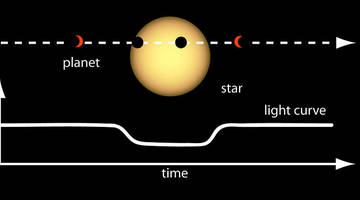
Search data from NASA’s Kepler spacecraft for the dips in star light intensity caused by exoplanets – planets that orbit stars other than the Sun. As these exoplanets pass between the star and ...
READ MORE

Help astronomers at Las Cumbres Observatory, California, study exoplanets – planets that orbit stars other than our Sun. Do this by interpreting images taken by their telescopes in Hawaii ...
READ MORE
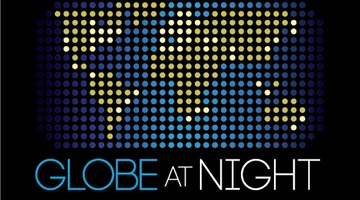
Globe at Night is an international citizen science campaign to raise public awareness of the impact of light pollution by inviting citizen scientists to measure and submit their night sky ...
READ MORE
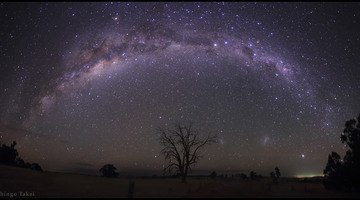
In this online PD session recorded in August 2015, secondary school teacher Steve Chrystall describes how he uses the Science Learning Hub’s satellites and rocket resources to teach space and ...
READ MORE

The Science Learning Hub has lots of resources for primary teachers related to the night sky in the Planet Earth and Beyond strand of the New Zealand Curriculum. The night sky is fascinating to ...
READ MORE
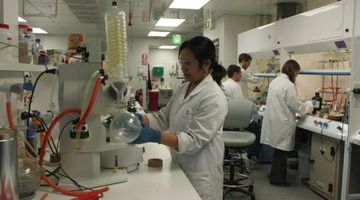
This online PD session recorded on 19 May 2015 explores ideas for using the Science Learning Hub’s resources to introduce students to the wide range of science research carried out by New Zealand ...
READ MORE
Dr Melanie Johnston-Hollitt, from Victoria University of Wellington, describes what black holes are. She also explains the importance to radio astronomers of black holes at the centres of galaxy ...
READ MORE
Professor Denis Sullivan, from Victoria University of Wellington, explains how he uses telescopes, photometers and digital cameras in his research.
READ MORE
Dr Melanie Johnston-Hollitt, from Victoria University of Wellington, describes how she uses different parts of the electromagnetic spectrum (X-rays and radio waves) to explore galaxy clusters.
READ MORE

Astronomers use telescopes that detect radiation from different parts of the electromagnetic spectrum. This interactive explains which part of the spectrum various telescopes are able to view and ...
READ MORE
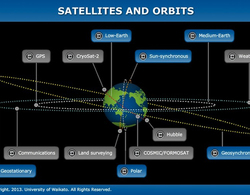
The size, orbit and design of a satellite depend on its purpose. In this interactive, scientists discuss the functions of various satellites and orbits. Accompanying fact files provide ...
READ MORE

Elements are formed deep within the cores of certain types of star. Find out more in this interactive.
READ MORE